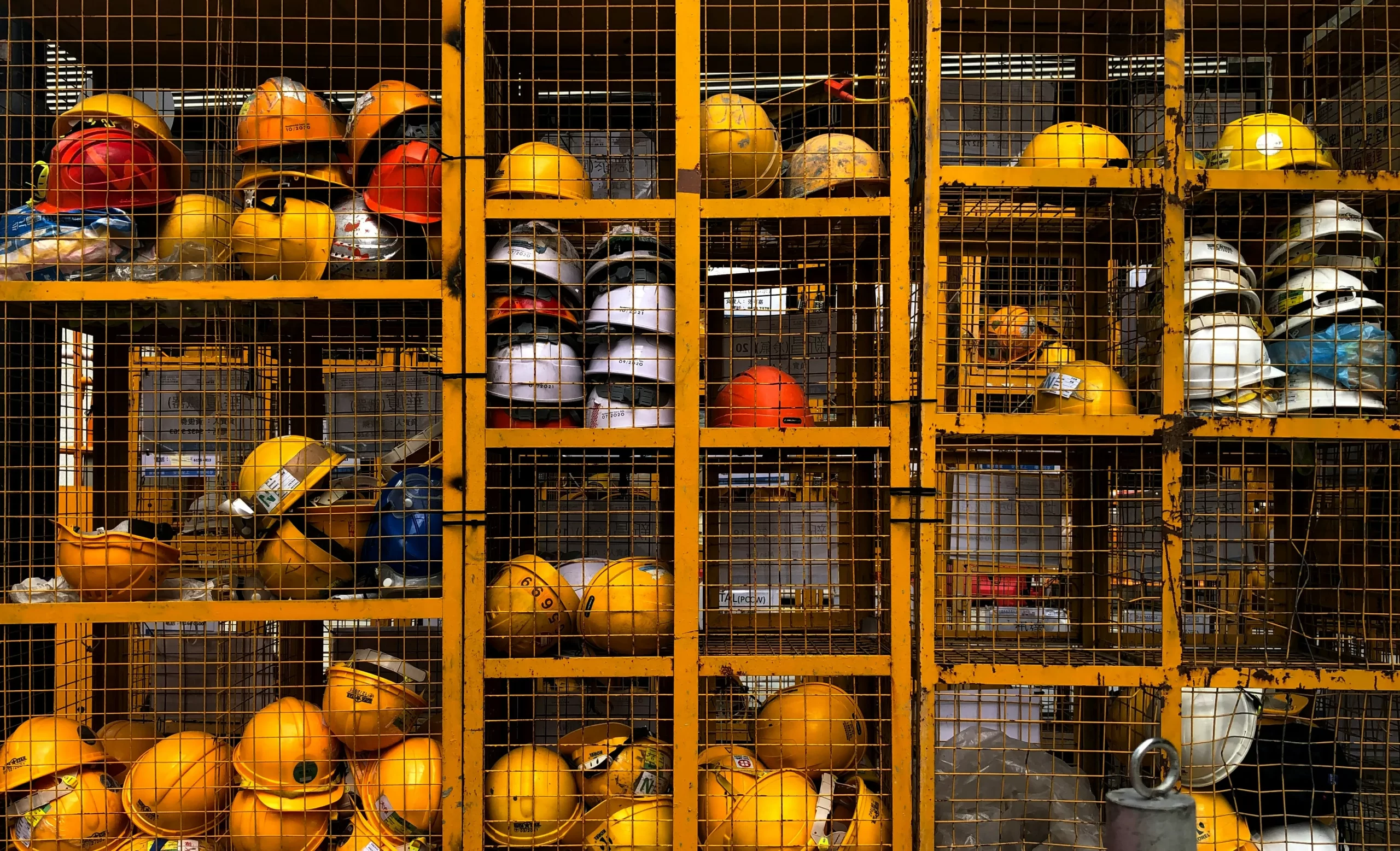Our Address:
Ensuring that a construction or renovation project complies with all safety regulations is paramount to the success and integrity of the endeavor. This compliance not only safeguards the health and safety of workers and occupants but also shields businesses from legal and financial liabilities. For companies like Commercial Interior Solutions (CIS), operating across regions such as Tampa, St. Petersburg, Clearwater, and Largo, adherence to safety regulations is a cornerstone of their project management process. Here’s a comprehensive guide on how to ensure your project aligns with the requisite safety standards.
Understand Local and National Regulations
The first step in ensuring compliance is to gain a thorough understanding of both local and national safety regulations applicable to your project. This includes building codes, occupational safety and health standards, environmental protections, and industry-specific guidelines. In areas like Hillsborough and Pinellas counties, where CIS operates, regulations may vary, underscoring the importance of being well-informed about jurisdiction-specific requirements.
Engage in Early Planning
Incorporate safety compliance into your project planning from the outset. This involves assessing potential hazards, planning for emergency responses, and integrating safety measures into the design and construction phases. Early planning allows for the identification and mitigation of risks before they become critical issues.
Consult with Experts
Engaging with safety experts and consultants can provide valuable insights into complex regulations and help identify potential compliance issues early in the project. Companies like CIS have expertise in navigating the regulatory landscape and can ensure that projects meet all safety requirements from start to finish.
Continuous Training
Ongoing training for all employees and contractors on the latest safety practices and regulatory changes is crucial. This ensures that everyone involved in the project is aware of their responsibilities regarding safety compliance. Regular training sessions can help prevent accidents, reduce the risk of non-compliance, and foster a culture of safety on the worksite.
Implement a Comprehensive Safety Program
Develop and implement a comprehensive safety program that outlines specific policies, procedures, and responsibilities related to project safety. This program should cover aspects such as personal protective equipment (PPE) use, machinery operation guidelines, and emergency procedures. Regular audits and inspections should be conducted to ensure the program’s effectiveness and compliance with regulations.
Use of Technology
Leverage technology to enhance safety compliance. Tools like Building Information Modeling (BIM) can help plan for safety during the design phase, while software for safety management can streamline documentation and compliance tracking. CIS utilizes technology to maintain high safety standards, ensuring efficient and compliant project execution.
Documentation and Record-Keeping
Maintain detailed records of all safety-related activities, including training sessions, safety meetings, inspections, incident reports, and corrective actions. This documentation is crucial for demonstrating compliance with safety regulations and can be invaluable in the event of an inspection or audit.
Foster Open Communication
Encourage open communication among all project stakeholders about safety concerns and compliance issues. Workers should feel empowered to report unsafe conditions or practices without fear of reprisal. Regular meetings can keep everyone informed about safety expectations and any changes in regulations or project scope that may affect compliance.
Ensuring that your project meets all safety regulations is a comprehensive process that requires diligent planning, expert knowledge, and ongoing vigilance. For firms like Commercial Interior Solutions, compliance is an integral part of their operational ethos, reflecting their commitment to safety, quality, and excellence. By following these steps, project managers can not only adhere to safety standards but also promote a culture of safety that extends beyond mere compliance, ultimately contributing to the success and sustainability of their projects.





